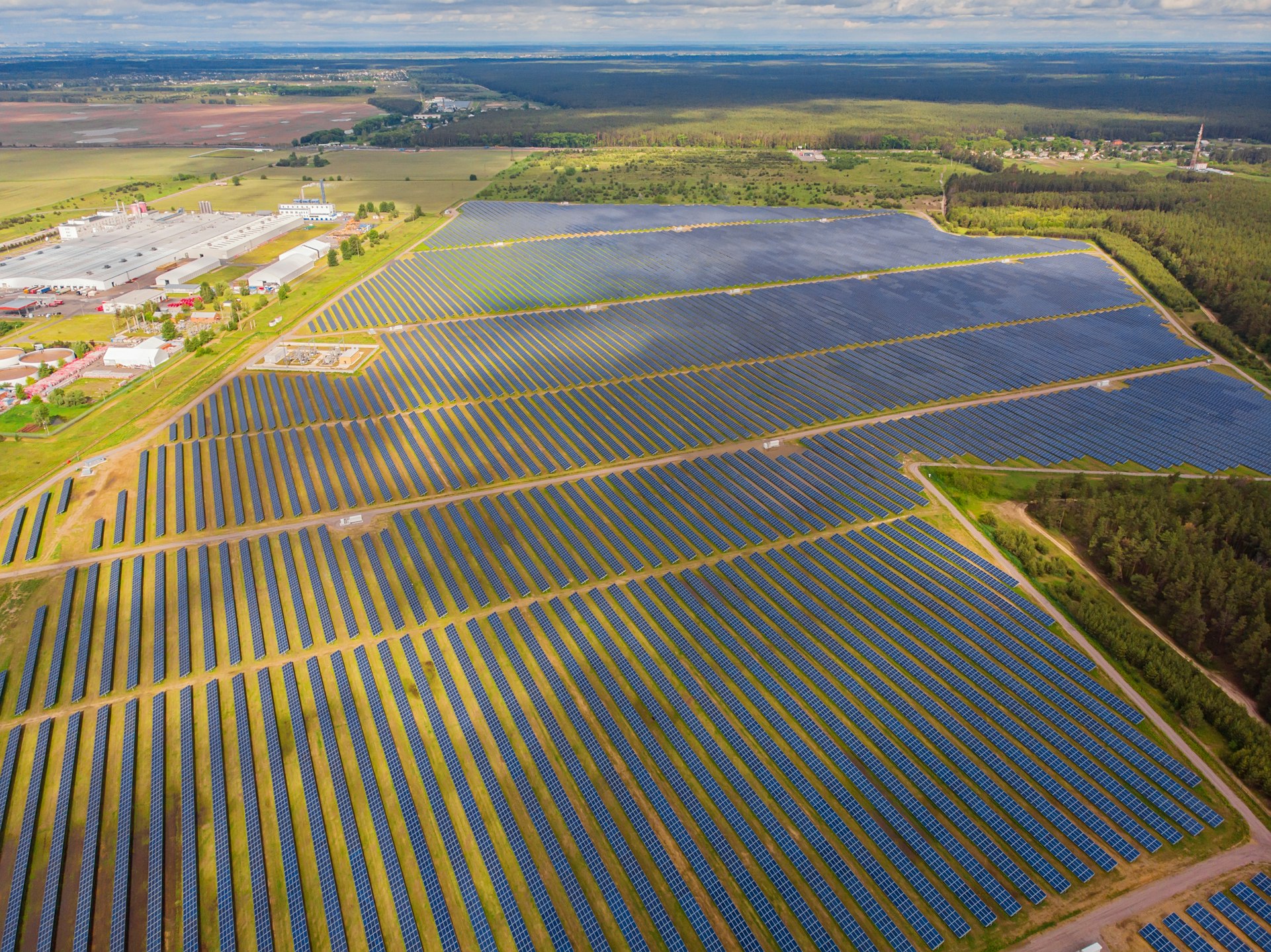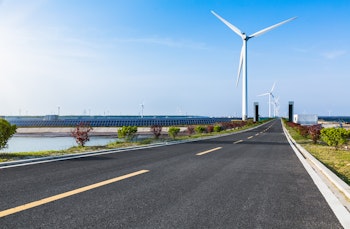What factors affect the performance ratio of a solar installation?
- Published by
- Reviewed byGorka Arrieta
![]()
Gorka Arrieta
Gorka is an energy engineer turned Product Owner at RatedPower, and brings three years of experience in the renewable energy sector. With a fervent dedication to sustainability, he concentrates his efforts on advancing energy storage solutions that keep up with the fast developing pace of the industry. In his less than a year tenure at RatedPower, Gorka endeavors to contribute meaningfully towards a greener future.
14 Mar, 24

Exploring Key Questions for Utility-Scale PV Project Optimization
Join our Technical Advisor, Jorge Contreras, as he reveals what you should be asking yourself before advancing your PV project to the next phase. We’ll explore some of the tools in our software, such as batch design, clone design, or comparison tool.

Read this article to understand what performance ratio is and how it is used in solar PV design.
What is Performance Ratio?
Performance ratio definition: Performance Ratio (PR) is a metric that represents the relationship between the actual energy output and the theoretical maximum output of a solar installation that could be produced under optimal conditions.
The closer the performance ratio value approaches to 100%, the more efficiently the PV plant is operating. A rating of 100% cannot be achieved due to unavoidable losses, but a rating of 80% would indicate a high-performing plant. PR is used to measure the efficiency or quality of a PV installation and is affected by a range of factors.
Environmental factors that affect PR include:
Temperature of the PV module — The PV module will operate very efficiently when full solar irradiation is incident on the cold PV module. When the PV module heats up, its efficiency will fall again.
Solar irradiation and power dissipation — The value of incident solar irradiation approaches that of power dissipation when the sun is low in the sky. PR values will be lower during these times.
Level of shade — If a PV plant’s measuring devices are affected by shade from adjacent buildings, plants, or even the installation itself, you may receive PR values of over 100%. This may also occur if the measuring device is obstructed by snow or dust.
Other factors that can affect PR results include:
Measurement period — Setting the measurement period too short can result in inaccurate results. The time frame needs to be long enough to capture a range of situations to give a reliable PR result.
Conduction losses — Conduction losses may occur depending on the type and material of cabling used to transmit energy from the inverter to the energy export meter of the grid operator. This will lower the PR value.
Efficiency factor of the PV module and inverter — The higher the efficiency of your PV modules and inverters, the higher your PR value will be.
Degradation of solar cells — If you notice your PR value is decreasing, it may be a sign that your solar cells are suffering age-related degradation.
The importance of PR metrics for a solar PV plant has come into question in recent years. Utility-scale solar is evolving at such a rapid pace that traditional measurements are becoming obsolete.
As the technology improves, solar PV plants are becoming much more efficient and performing at a much higher level. Plant Availability is expected to replace Performance Ratio to better reflect how a plant is performing. This shift will help guide people towards the switch to solar power by showing how reliable a plant is, highlighting the low risk of downtime.
Why is performance ratio important?
Performance Ratio is one of the most important variables of evaluating the efficiency of a PV plant. It can be used to measure performance over time and compare PV plants supplying the grid at different locations across the globe.
Measuring PR at regular intervals does not provide an absolute comparison, but it allows operators to check performance and output with the assumption that the plant is running optimally or being commissioned. For this reason, we place the initial PR value at 100% and work backwards from that.
Gathering further PR values over time allows operators to identify any deviations and take appropriate countermeasures to combat drops in efficiency. It also allows operators to make adjustments to improve and optimize plants if the PR value does not match up with other plants.
Choose RatedPower for your performance ratio calculations
RatedPower makes calculating and understanding performance ratios easy.
Our solar PV software is designed to assist PV projects become commercially viable by focusing on efficiency. It empowers developers with all the data they could need to prospect sites and quote projects with accurate BoM, CAPEX, and LCOE.
There are a wide range of automated tools, including Performance Ratio calculations that can help increase your solar asset profitability by 20% and reduce LCOE. You can also use these tools to accurately quote your projects with bulk simulation and optimization, compare plant simulations using metrics that matter, and easily handoff to peers or off-takers

Design utility-scale solar at lightning speed
Related glossary posts
Searching results
Related posts
Searching results


